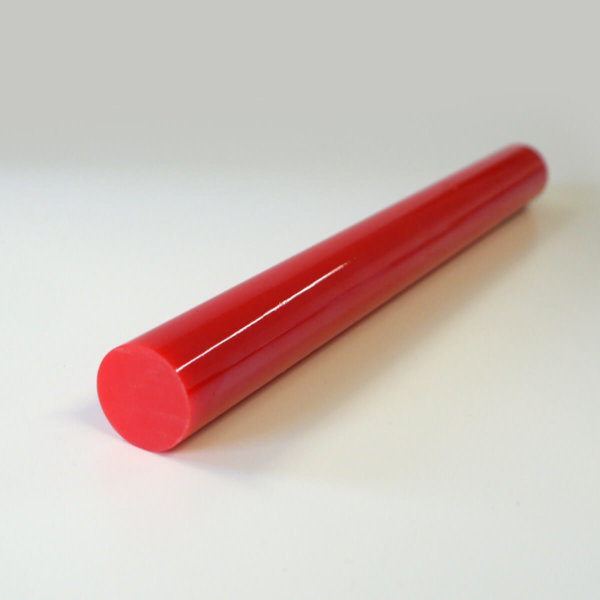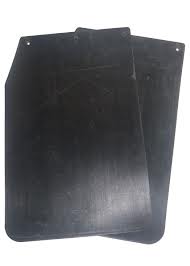Polyurethane finds its way into a highly diverse range of applications – from abrasion and impact resistant rollers to comfortable, cushioning memory foam. So how can this same substance be an adhesive? We explore PU’s unique bonding abilities.
The growing number of ways to use polyurethane in manufacturing and engineering including one that’s likely to ‘stick’ around. PU makes a great structural adhesive. This includes acting as a bonding agent for everything from delicate wood structures to heavy metal components in vehicles.
The adhesive nature of polyurethane is all part and parcel of the incredible versatility of this substance. It can be formulated to have a vast array of physical properties, including creating high strength connective material.
What is polyurethane adhesive?
PU is a chemical formula within the ‘reactive polymers’ group. As it can be altered in its mix and additives can be used, a huge range of variables is possible; producing an end result from rock hard to permanently soft and pliable.
Some types of polyurethane can be produced to be glue-like initially, before hardening to create a lasting bond. Even then, you can opt to have a rigid or permanently elastic fix.
Advantages of PU bonding agents
One of the many reasons to use polyurethane as an adhesive is that you can alter its structure to react differently to various materials, as well as heat, light and moisture levels. It also has the ability to be a catalyst, working in partnership with a different chemical agent to be a two-component adhesive.
Then, when it has hardened to whatever level is required, PU adhesive is incredibly strong. It also stays consistent in its dimensions when it ‘cures’.
Polyurethane bonding agents can be sanded, painted and exposed to water without impacting on their integrity or reliability. Even time and excessive wear will not shrink or crack polyurethane adhesive.
This makes it particularly ideal for bonding requirements in outdoors settings, as PU can withstand anything the environment can throw at it!
Related article: Industrial Wheels: The Benefits of Polyurethane
Are there limits to PU as glue?
Though polyurethane adhesive is used in some hobby-related and home improvement activities, it is considered hazardous for use in some non-industrial situations.
In fact, it is covered by the Europe-wide Chemicals Prohibition Ordinance prohibiting its sale to anyone under the age of 18.
This is not simply due to its incredible bonding strength – which is disastrous in contact with skin! PU glues can also be a respiratory irritant and toxic if accidentally consumed. Meaning safety precautions for handling polyurethane adhesives include the use of gloves, eye protection, masks and careful storage.
Also, it is important to keep in mind that polyurethane glues are formulated to react to environmental conditions. This can be an issue if you leave it exposed to atmospheric moisture or heat, for instance, and find your bonding agent is rock hard before you’ve had the chance to apply it!
However, when handled correctly polyurethane adhesives offer important advantages over their bonding alternatives.
Related article: How to Cast Polyurethane: Everything you Need to Know
Examples of adhesive polyurethane in action
Reference has already been made to the incredible strength of both inelastic and permanently elastic versions of PU adhesive. As well as the ability this substance has to withstand moisture. It is also resistant to oil, moulds and mildew, impact and abrasion.
This makes it an ideal bonding agent for boat building. It is also increasingly used in home construction and vehicle manufacturing.
As it has the ability to bond over large surface areas, you can also find versions of polyurethane adhesive used for fixing panels and flooring.
Its ability to work as a wood adhesive makes it a popular choice in carpentry projects and PU doubles as a sealant as well as a glue when you need to create an air or liquid lock.
Related article: Polyurethane for the Boat Industry
The best PU adhesive for the job
Such is the variety of mixes that can be used to create polyurethane adhesives, it’s impossible to outline which bonding agent is best for different materials and end results.
Instead, you need to provide a detailed spec of your bonding needs and let a polyurethane expert develop the ideal formula for your end goal.
It’s worth noting that project-specific polyurethane adhesive doesn’t come with a high price tag ‘attached’. This is highly cost-effective material can be produced on a large scale or for limited production runs, at an affordable ‘fixed’ cost.
Want to find out how much it will cost to make your products?




